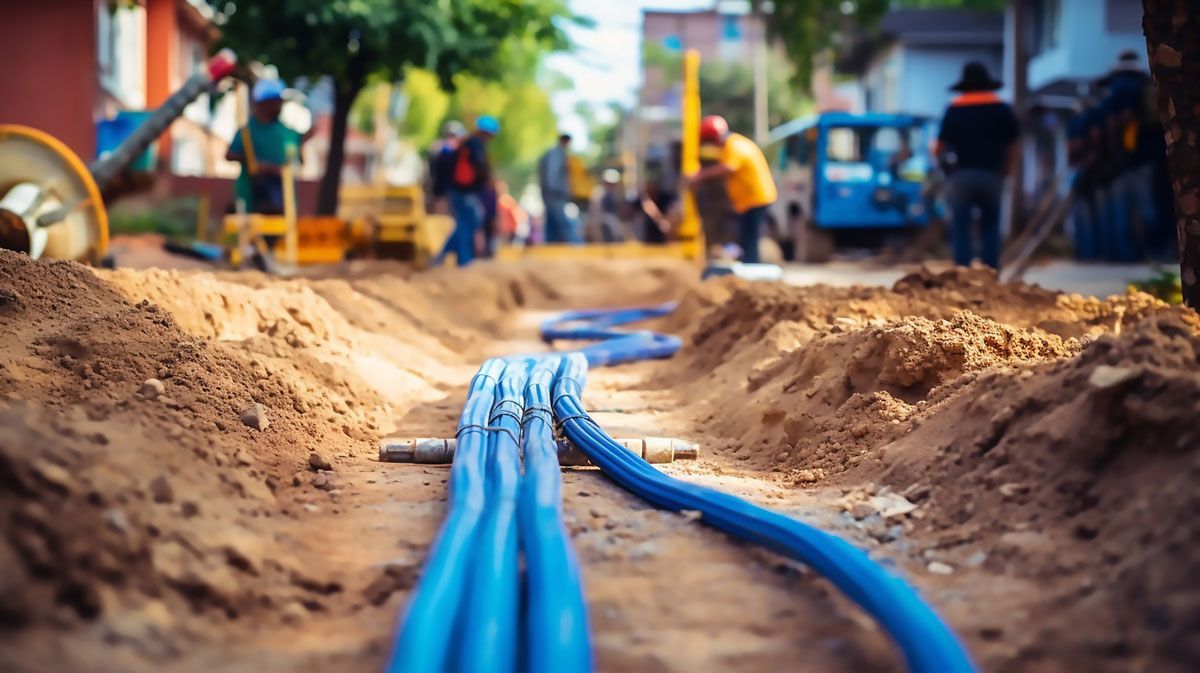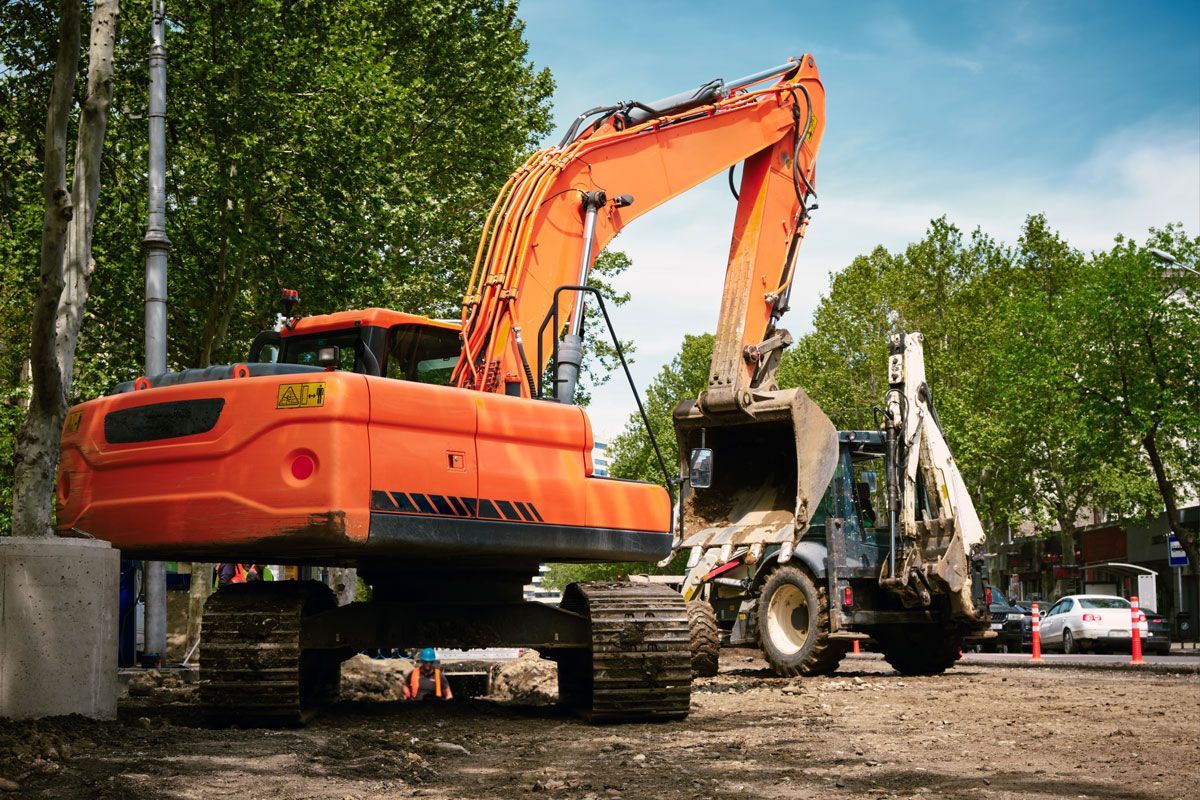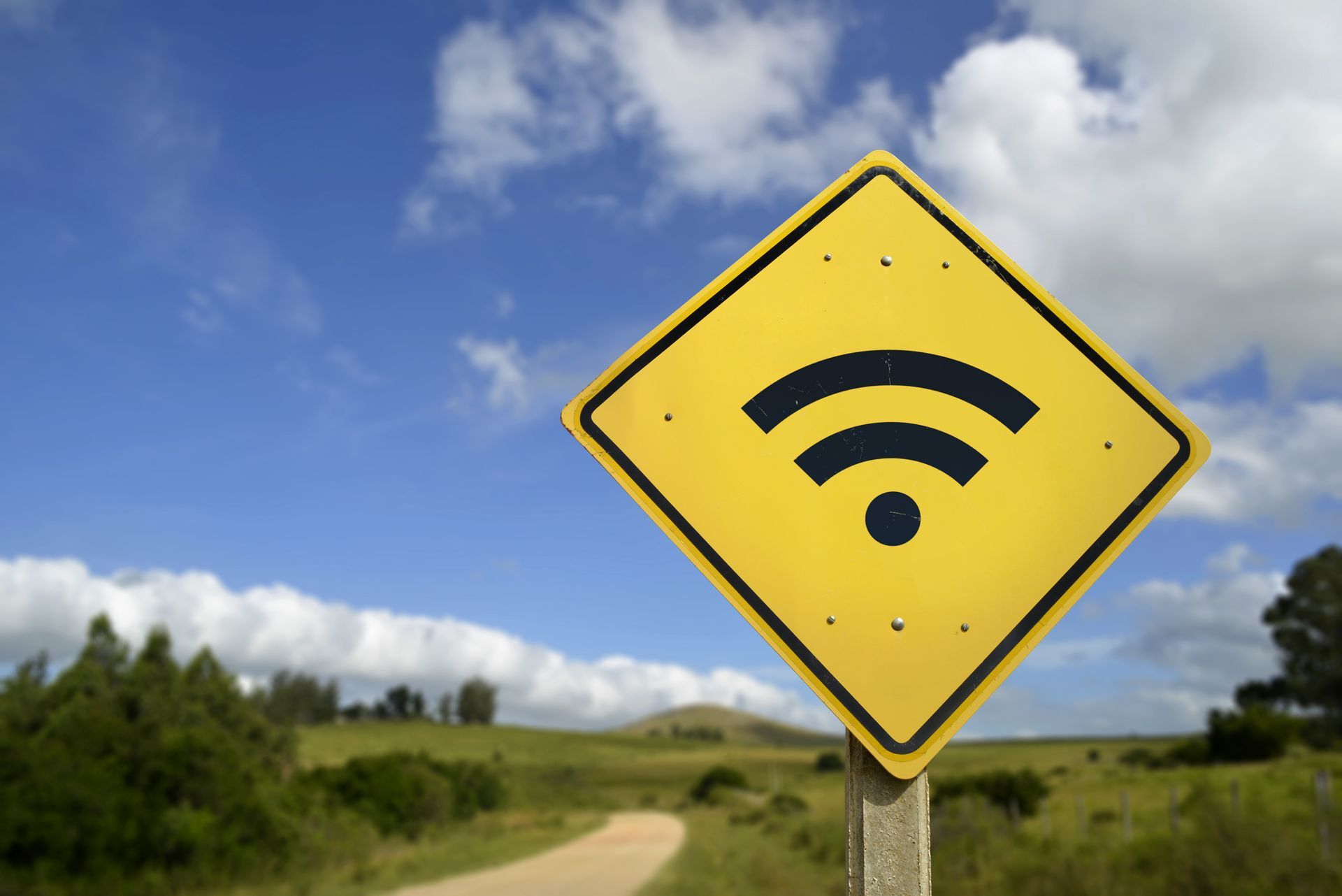Employee Connection: A Day In The Life Of An Ariel Lineman, Tim Howard.
I am an Aerial Lineman at Hunt and have been with the company for six months, but I’ve spent over 40 years in the utility engineering industry itself. I was fourteen when I started working in the cable industry. My sister married a turnkey cable contractor, so I was able to learn about all aspects of the industry from my brother-in-law.
Ultimately, I settled on aerial construction, a process by which fiber optic cable is installed between utility poles. I came to Hunt with the intention of bringing my decades of experience as an aerial lineman with a focus on fiber optic cable construction to this team, which has been very fulfilling. I’ve discovered I have great value to add to this young team, and that has increased my confidence greatly.
I’ve been blessed with a long and interesting career in this industry. Anyone who works as a lineman will tell you that every day is different, but it really is true. As an in-house aerial lineman at Hunt, I tackle projects that are too time-consuming for our subcontractors. We want to keep them busy with production. On any given day, there’s a different combination of tasks and responsibilities for me to handle, from training other team members to managing permits and zoning to the actual installation of cable on a jobsite.
The projects themselves can be quite interesting — I once installed fiber optic cable at a train crossing, which is a highly specific process that is governed by the Department of Transportation and tons of regulations: the National Electrical Safety Code, American Waterworks Association specifications, Federal Pipeline Safety Regulations, and the American Railway Engineering and Maintenance Association Specifications. Our team had to work closely with railroad staff throughout the project to ensure everything remained up to code, safe, and functional, and it was great to see these two seemingly disparate industries come together for a common goal.
That teamwork element is easily the part I enjoy most about this work. I find value in knowing I am working toward that common goal, assembling a system that others will use and enjoy. The team mindset is evident throughout everything we do at Hunt. Management genuinely wants what’s best for our team and is understanding when things don’t go according to plan, like when adverse weather or equipment failure throws a day’s work off course. From the top down, the Hunt team is focused on ensuring we all have what we need to do our best work.
My goal for the rest of my career until retirement is to share as much of my knowledge with the Hunt team as possible. That knowledge isn’t just limited to technical expertise — it also includes the hard and soft skills that are so vital to this field. Caution, communication, and a familiarity with both old and new technologies are particularly important skills to have in your back pocket. I’m personally very proud of my ability to keep up with the many changes that have affected this industry over the years, as I know it’s kept me safe, savvy and valuable to my team throughout my career.
After over 40 years in this industry, I’m grateful to have had many opportunities to mentor and be mentored. I consider everyone at Hunt to be a mentor, both to me and to our peers, and I’m looking forward to continuing to grow together as a team.
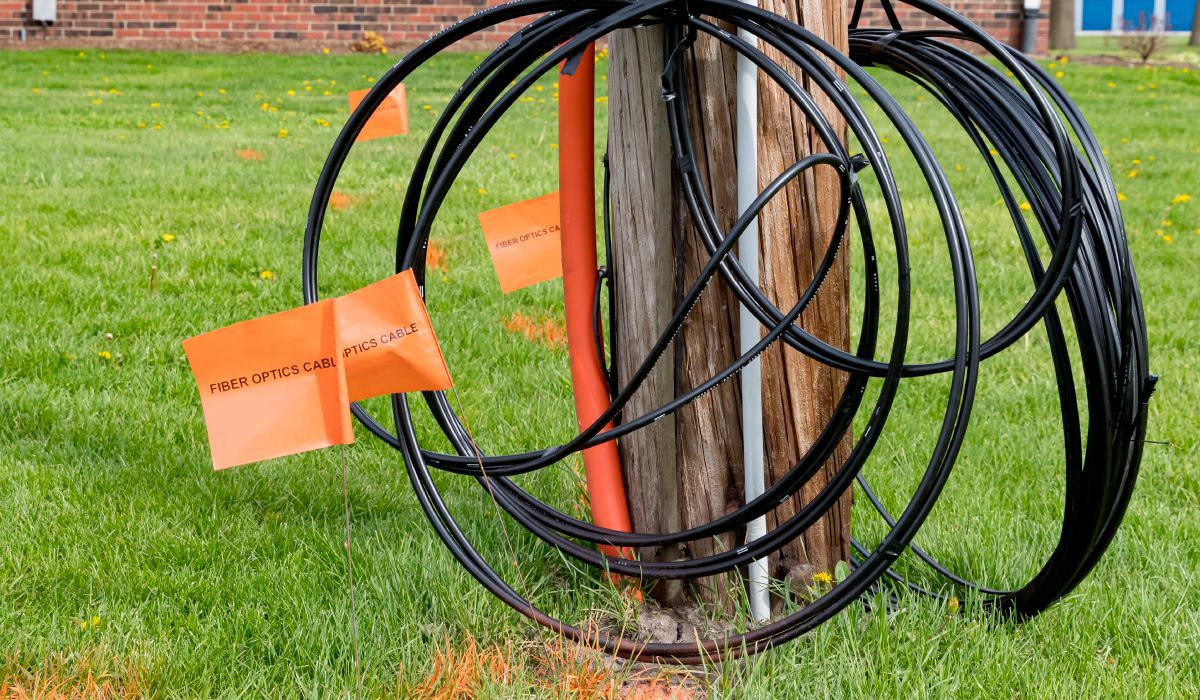

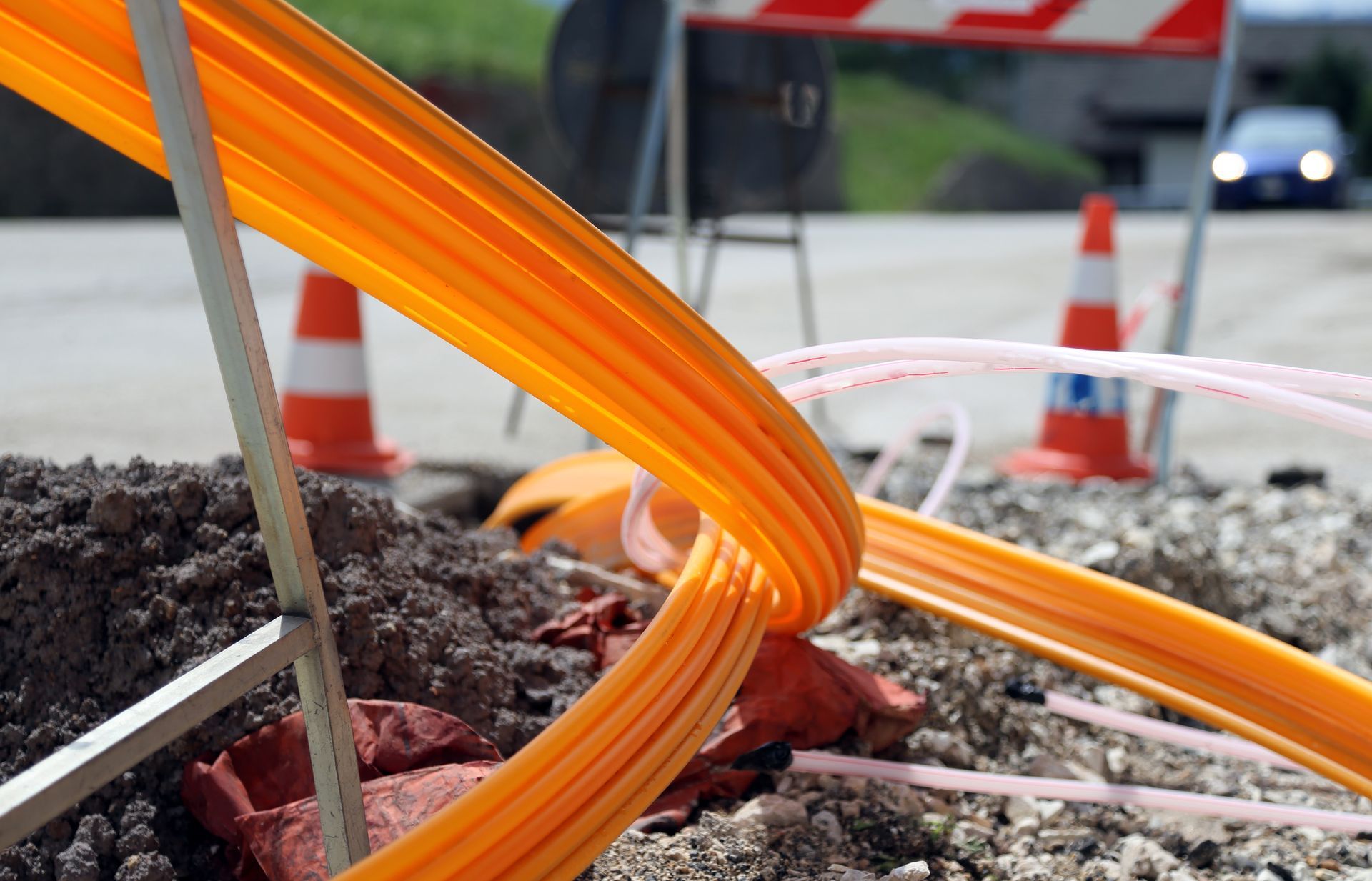
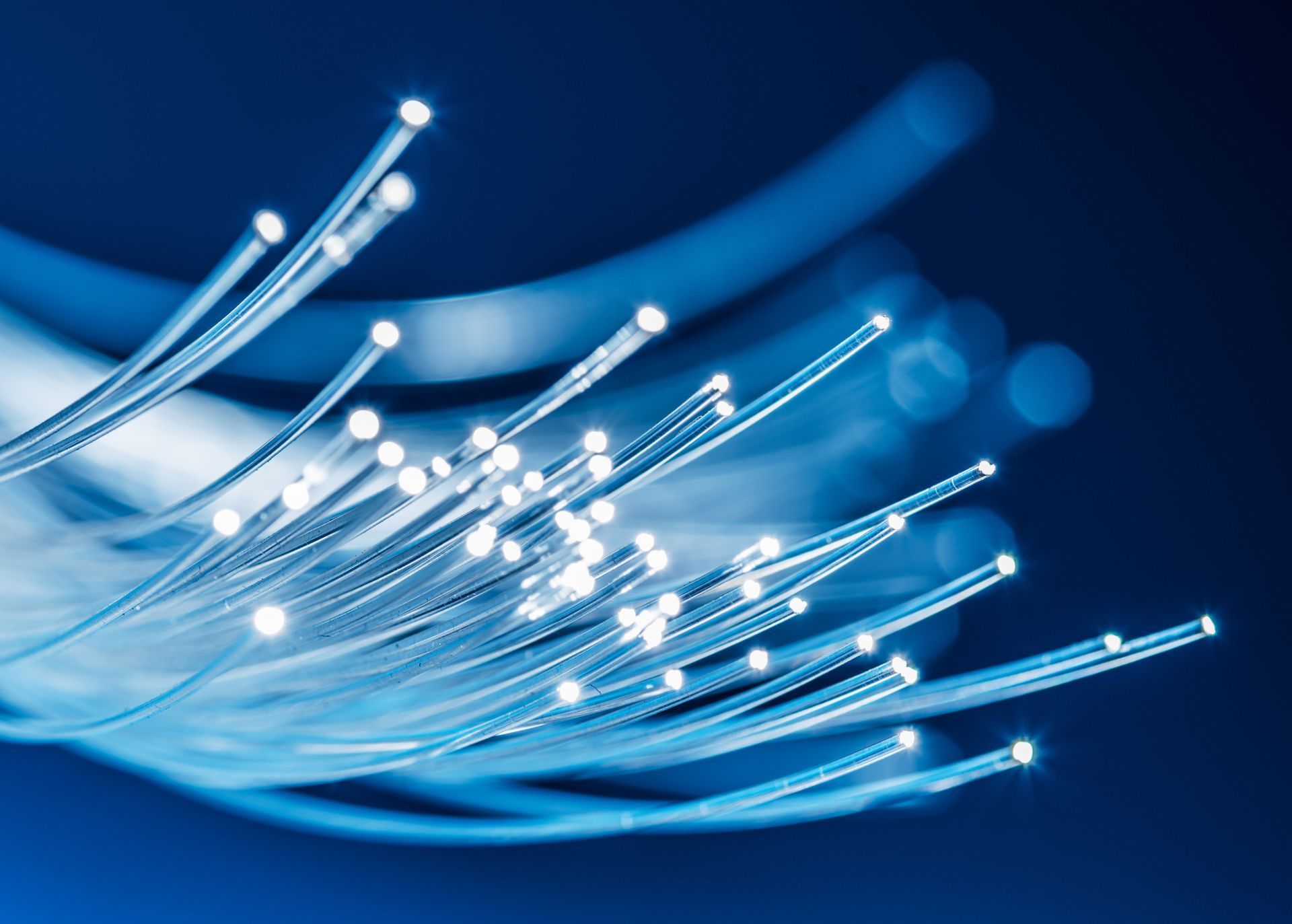
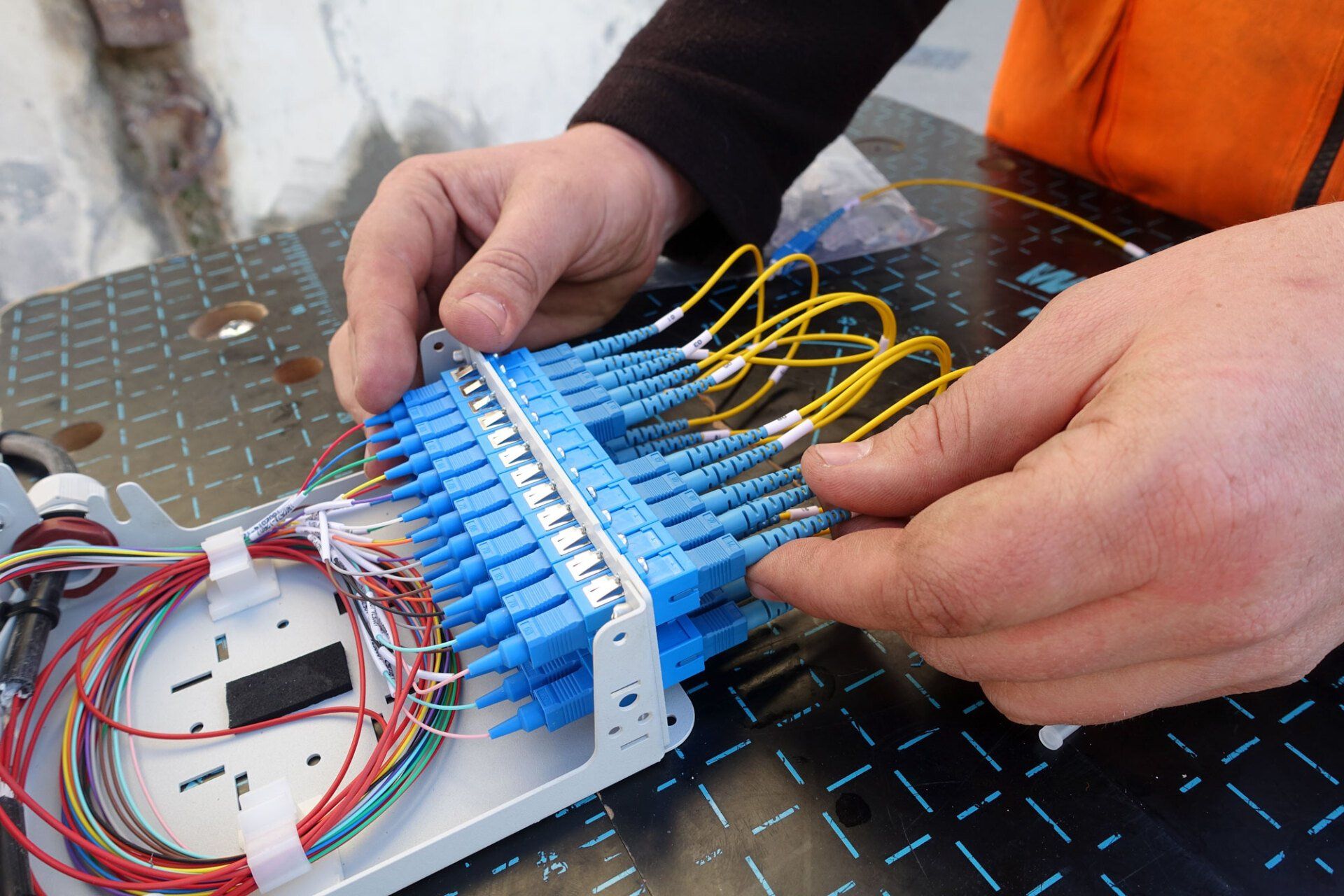
All Rights Reserved | Hunt Communications

